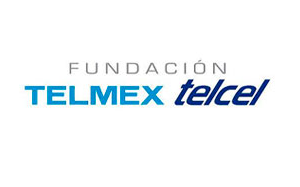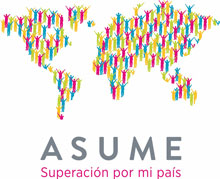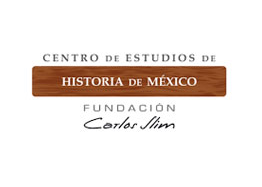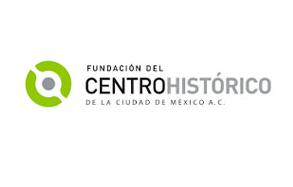Eli Lilly-Carlos Slim Foundation Partnership Shows Great Results
Eli Lilly conducted a comprehensive review process to identify initiatives on prevention and care of non-communicable diseases in four developing nations: Brazil, India, South Africa and Mexico. After a rigorous process, they partnered with diverse organizations to continue developing country-specific programs to increase treatment access and improve outcomes for underserved people, committing an investment of 5 million in each country. Mexico is the only country in which only one partner was chosen, because the size and scope of the model.
Originally, the partnership was announced in August 2012, in an event assisted by the former health Minister Salomon Chertorivsky and Marco Antonio Slim Domit. In the original scope, Carlos Slim Foundation and Eli Lilly agreed to collaborate in the generation of evidence on the impact of CASALUD model, both in the reinforcement of health services supply and in the impact on people living with chronic diseases.
Subsequently, when the new Federal Administration started and CASALUD was instituted as reference model in the National Strategy for the Prevention and Control of Overweight, Obesity and Diabetes, the terms of the original collaboration agreement were modified to focus on generating evidence with the aim of strengthening the operation of the model implemented by Carlos Slim Foundation in partnership with the Ministry of Health.
The following lines of work were created, along with the achieved and expected products and deliverables:
| Line | Proposal | Result |
| Proactive prevention | MIDO flow analysis | The first version of MIDO reengineering process was designed, which was later refined by CSF.
Analyzing the flow in 2013, it was found that there is not a similar system to record the care provided to chronic patients. From this, FCS develops the Information System for Chronic Diseases (SIC) in 2014. An academic article was written, currently under review for publication in a scientific journal. |
| Person-focused care | Patient flow analysis | Inefficiencies in patient care were documented, which included: 60% of consultation time is devoted to complete reports, and 2 hours wait if there was not a previous appointment, among others.
An academic article was written, currently under review for publication in a scientific journal. |
| Supply monitoring | Analysis of the supply chain | An initial analysis showed that the introduction of a vending machine is not cost-effective, and therefore its use was discarded for Casalud Model.
Inefficiencies in the supply chain were documented, e.g. a patient requires visiting 2.7 times the unit to receive all his medications, differences in methods for demand projections among health units and jurisdictions. |
| Health results | Evaluation of results | 8 Health Centers of two entities were intervened, with information from 550 diabetic patients.
Mixed results are obtained, finding that strengthening the supply is insufficient to achieve a significant change. Therefore, CSF opens the line of co-responsibility. An academic article was written, currently under review for publication in CSF. |
| CASALUD implementation | Implementation analysis | The entire implementation process was documented, and several areas of opportunity were found, which CSF used to strengthen the implementation process, e.g. an academic coordinator was needed, MIDO is difficult to adopt, there is resistance in jurisdictions.
An academic article was written, currently under review for publication in a scientific journal. |
| Person-focus strategies | Person-focus strategies analysis | A commission headed by Martha Funnell, a global expert, was established to discuss the main issues around person-focused strategies.
A white paper was published.. |
In short, the work accomplished during the partnership served to document both strengths and areas of opportunity in the implementation of the model. With these efforts, Carlos Slim Foundation was able to strengthening the operation CASALUD.









